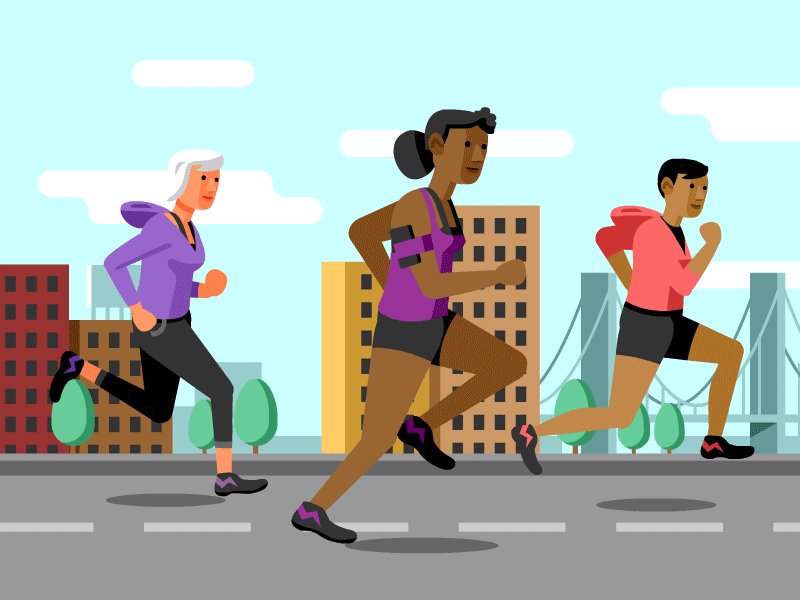How to Run Faster: The 2 Main Strategies Running Coaches Rely On-
“Try these techniques to increase your running speed“
The following written content by Sarah Fielding

Running isn’t all about speed—it’s often about getting in that zone after a long day and leaving it all out there on the road. Whether you only have time for a couple of miles or you’re heading out for a long run, sometimes, you may not be looking at your pace at all. It is, however, a factor, and if you’ve been training for a while, sometimes it can feel like you’ve hit a plateau when it comes to speed. Whether you’re interested in learning how to run faster to break a personal record, win a race, or you have another goal in mind, there are a few tried-and-true ways to increase your speed, according to experts.
How do I learn to run faster?
There are many techniques for learning to run faster and it’s critical that you choose the ones that feel best for your body. As a general rule, Meghan Kennihan, NASM-CPT, an RRCA- and USATF-certified run coach, tells Health that you should aim to take 180 steps per minute or 85 to 90 beats per foot. And while this may sound complicated, there are ways to stay on track that don’t involve tediously counting. There are plenty of fitness devices that can help you keep track of your steps.

Additionally, there are many playlists available that can help. Searching “180 bpm” (beats per minute) in Spotify, for example, brings up a variety of playlists filled with songs in line with this speed. “Also, keep in mind your form, chest up, run tall, arms bent at 90 degrees or a little higher and landing underneath your body,” she says. Listening to music with 180 beats per minute can help you hit this.
However, it’s also important to find the right cadence for you—you can always build on where you are, and there’s nothing wrong with starting your quest to run faster at a slower pace.
Are there disadvantages to increasing your speed?
There is a risk of injury as you work to increase your running speed. “Running faster can put more stress on your musculoskeletal system and should be approached with diligence and patience,” Dylan Bowman, a professional ultra runner and co-founder of Pyllars, an app centered around running and mental health, tells Health.
Brooks associates this risk, in part, with people attempting to move too fast too soon.
“There is an increased risk of injury because it is a higher impact, which is why you need to start slow and build up to full track or interval sessions,” adds Kennihan. She recommends starting with 15 to 20-minute sessions one or two times a week and never increasing beyond three high-intensity sessions a week.
While you can do additional runs at a more comfortable pace, paying your body attention and taking things at your own pace is critical.
Seeking advice from a coach or healthcare professional can help ensure you don’t severely injure yourself. This is especially critical for anyone with a heart condition, says Frankel. “Always listen to your body because it will let you know if you are on the right track,” she says. “Be safe, not sorry.” With this said, speak with a doctor before starting any new workout routine and monitor your heart rate before and after a run. Read more from Health.
Subscribe here
Here’s another sports video, but from space!





